
Sailing has been a pivotal aspect of human civilization for thousands of years, influencing trade, exploration, and cultural exchanges. The story of sailing is not just about the development of ships but also about the courage and innovation of the mariners who ventured into uncharted waters.
Early Beginnings of Sailing
The origins of sailing can be traced back to ancient Egypt around 4000 BCE. The Egyptians used simple reed boats powered by the wind to navigate the Nile River, employing square sails that captured the prevailing breezes.
Simultaneously, other ancient civilizations, such as those in Mesopotamia and the Indus Valley, were developing their own boats to traverse rivers and coastal areas. These boats played crucial roles in facilitating trade and communication among the early urban centers of the world.
The Evolution of Ancient Vessels
By the time of the ancient Greeks and Romans, shipbuilding had evolved significantly, with the introduction of more sophisticated designs and materials. The Greeks are credited with the development of the trireme, a fast and agile warship that played a key role in establishing their maritime dominance in the Mediterranean.
Later, the Romans built upon Greek innovations, developing powerful fleets that helped them control extensive territories. Roman galleys were designed for both commerce and war, embodying the versatility needed for empire building.
Maritime Routes and Cultural Exchange
One of the most significant contributions of ancient sailing was the establishment of ancient maritime routes that connected distant cultures. The Phoenicians, known for their seafaring skills, established trade networks across the Mediterranean, trading goods such as glass, lumber, and textiles.
The Silk Road, often associated with overland routes, also had a crucial maritime component. Chinese and Indian traders utilized the monsoon winds to embark on long voyages that connected Asia with the Middle East and Europe, fostering an exchange of goods and ideas.
Navigational Innovations
In tandem with the development of vessels, ancient mariners made significant advances in navigation techniques. The invention of the magnetic compass by the Chinese during the Han Dynasty revolutionized navigation and expanded the horizons of sailors.
The introduction of astrolabes and cross-staffs by Arab and Mediterranean sailors further improved their ability to gauge latitude and make long-distance voyages more precise.
The Legacy of Ancient Mariners
Ancient mariners laid the foundation for modern-day exploration and commerce. Their ability to build vessels and navigate vast distances without modern technology is a testament to human ingenuity.
Today, these early journeys continue to inspire adventurers and engineers, encouraging the continuous improvement of sailing technology while respecting its storied history.
Conclusion
The history of sailing, from simple reed boats to sophisticated triremes and galleys, showcases the resilience and creativity of ancient cultures. These innovations not only catalyzed economic and cultural exchange but also set the stage for the Age of Exploration, which profoundly altered the course of human history.
As we look back at the incredible journeys made by ancient vessels, it is essential to acknowledge the daring sailors who used the power of the wind to embark on voyages that shaped the world. Their legacy lives on in the ships that navigate our waters today.
Sailing has been a pivotal aspect of human civilization for thousands of years, influencing trade, exploration, and cultural exchanges. The origins of sailing can be traced back to ancient Egypt around 4000 BCE. 
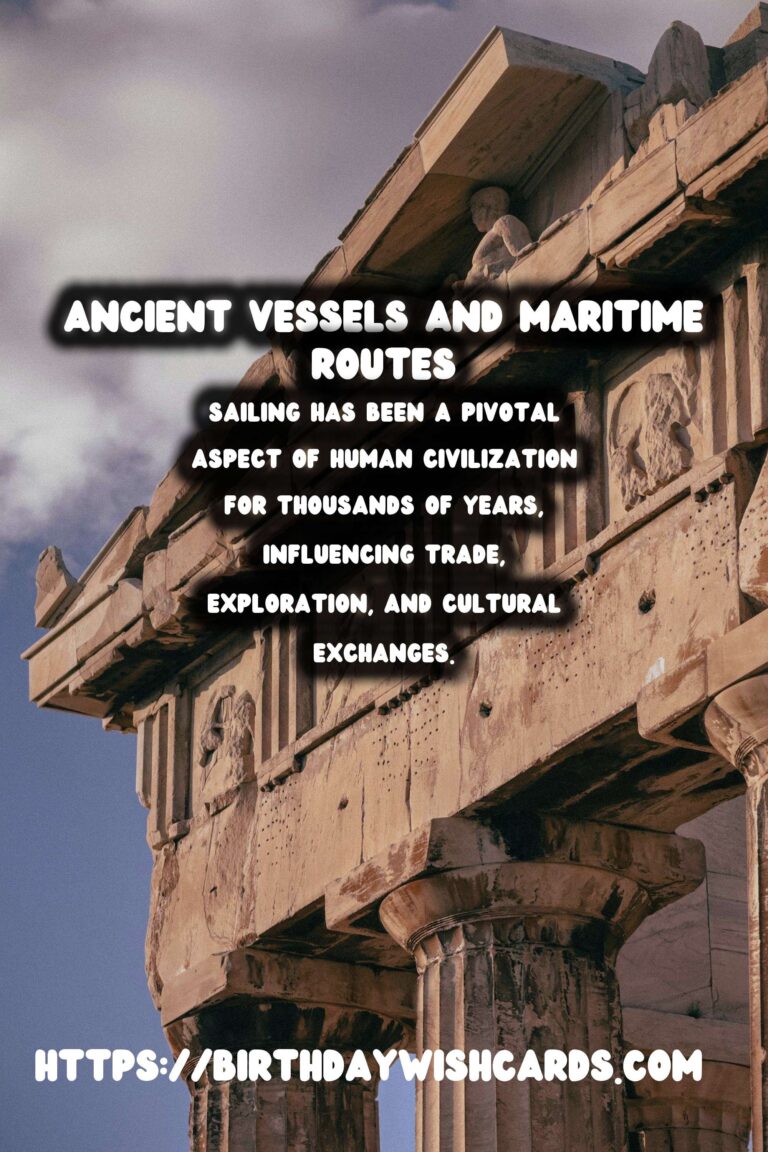
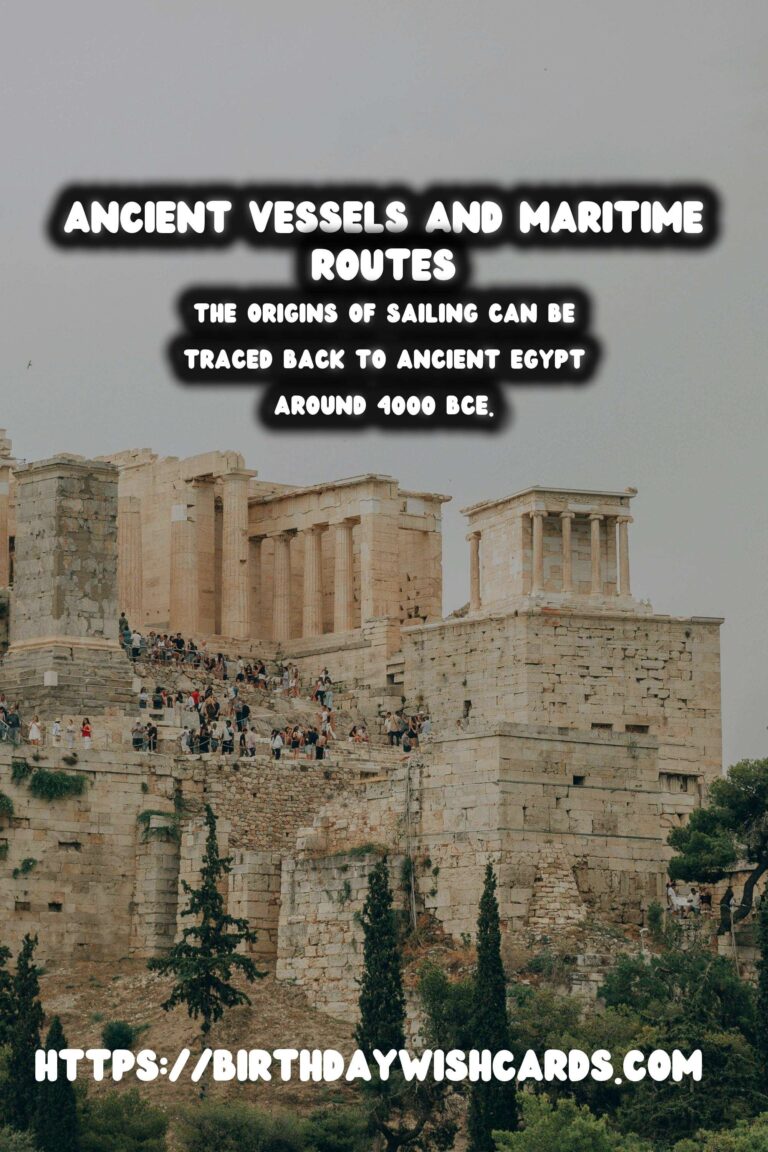

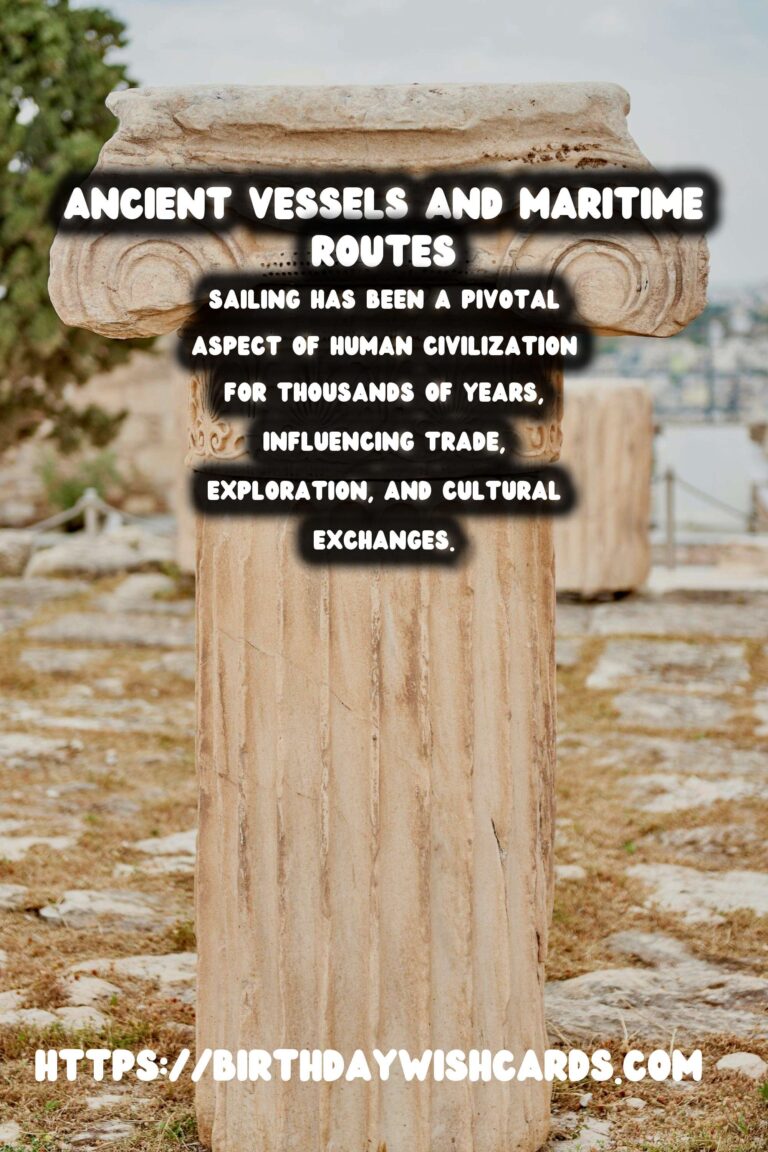
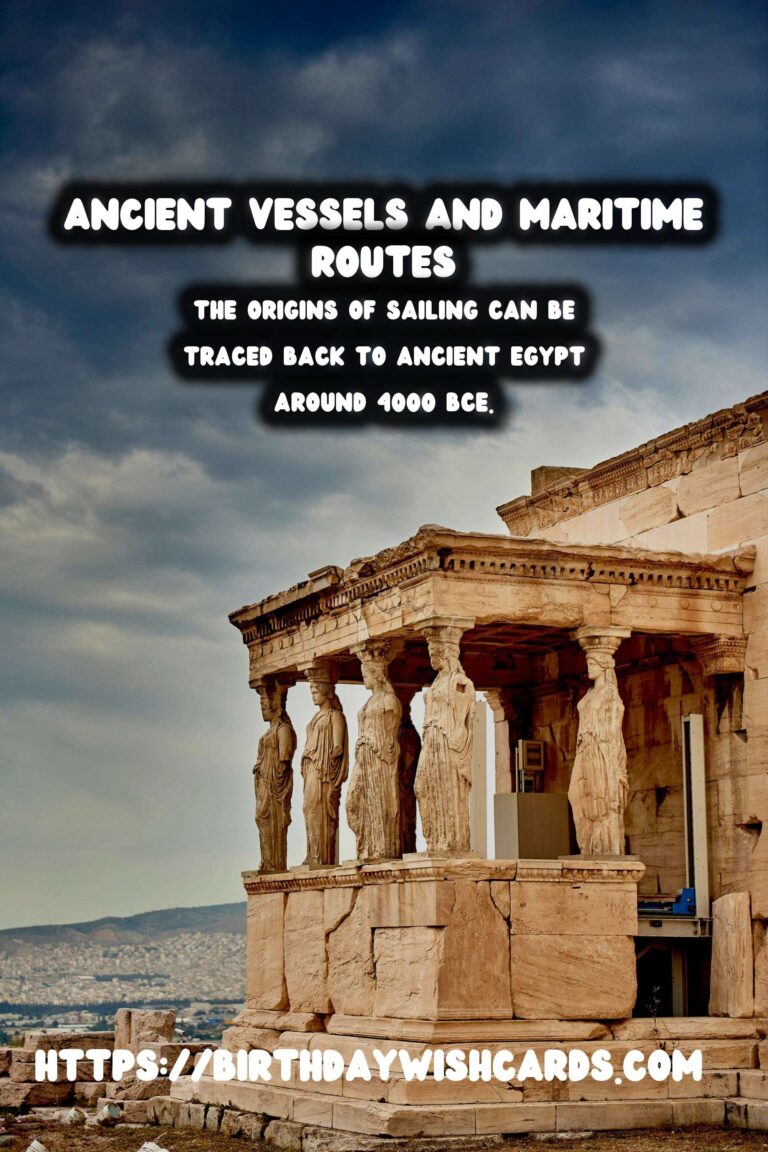
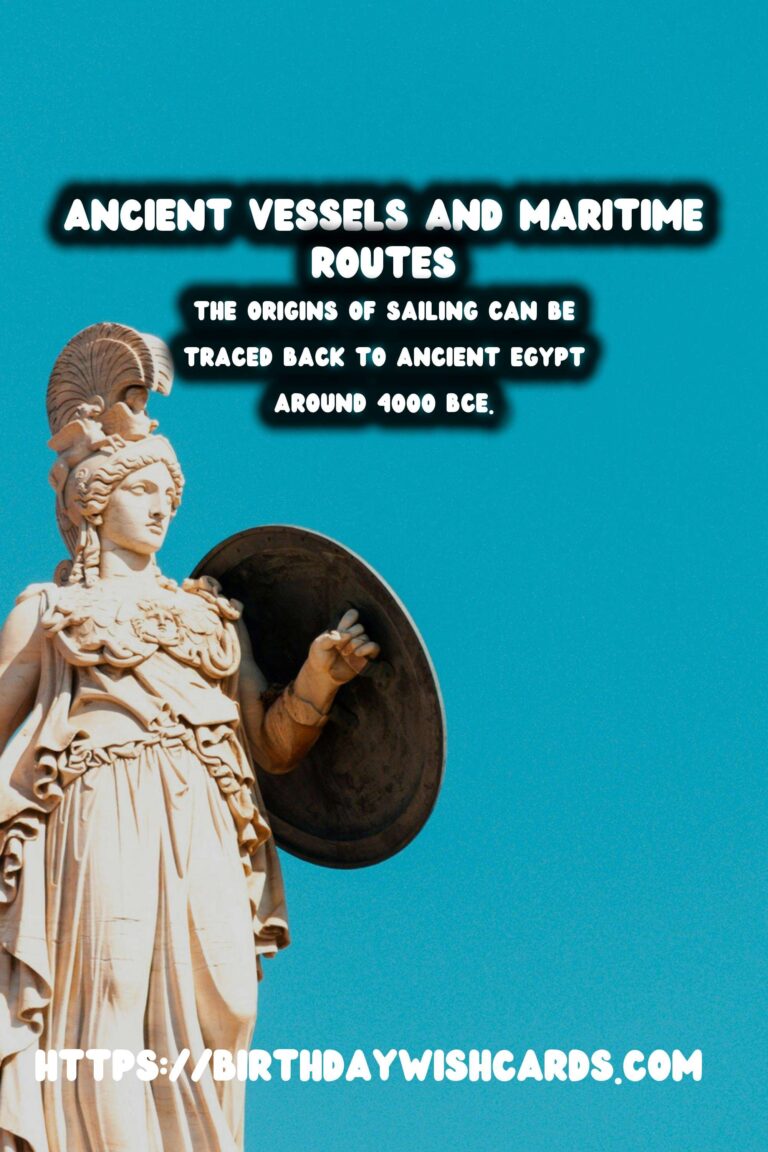
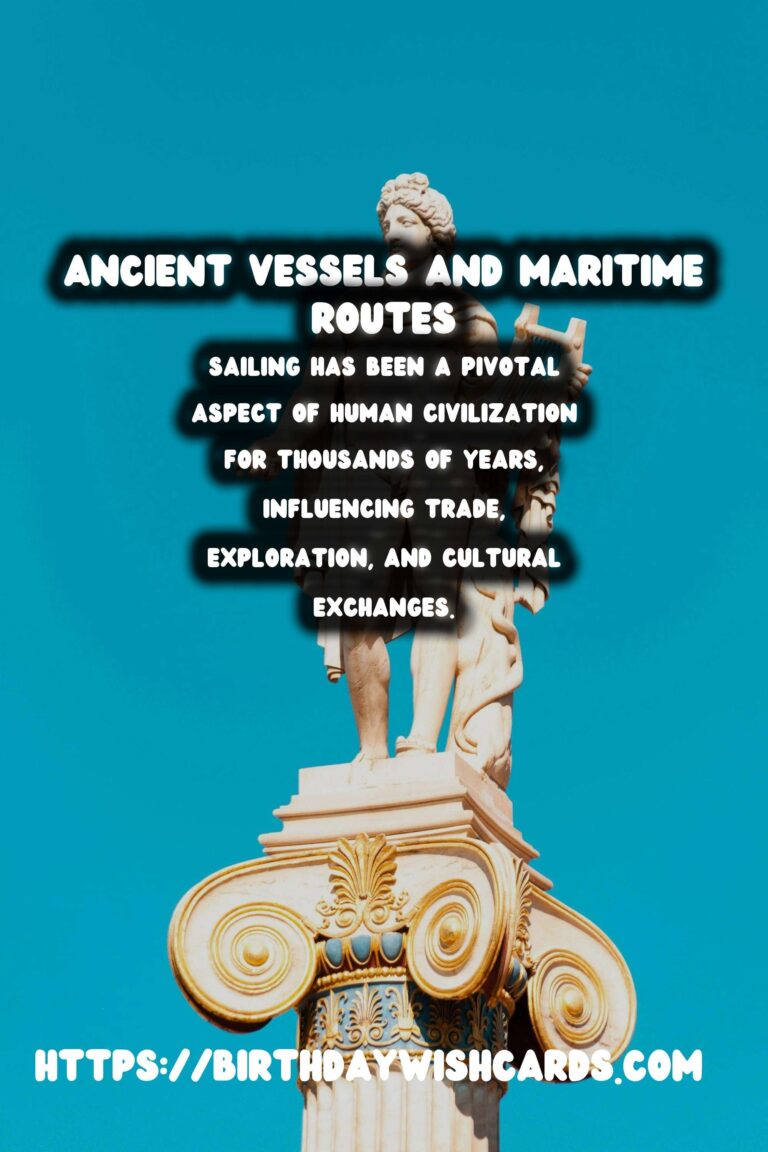
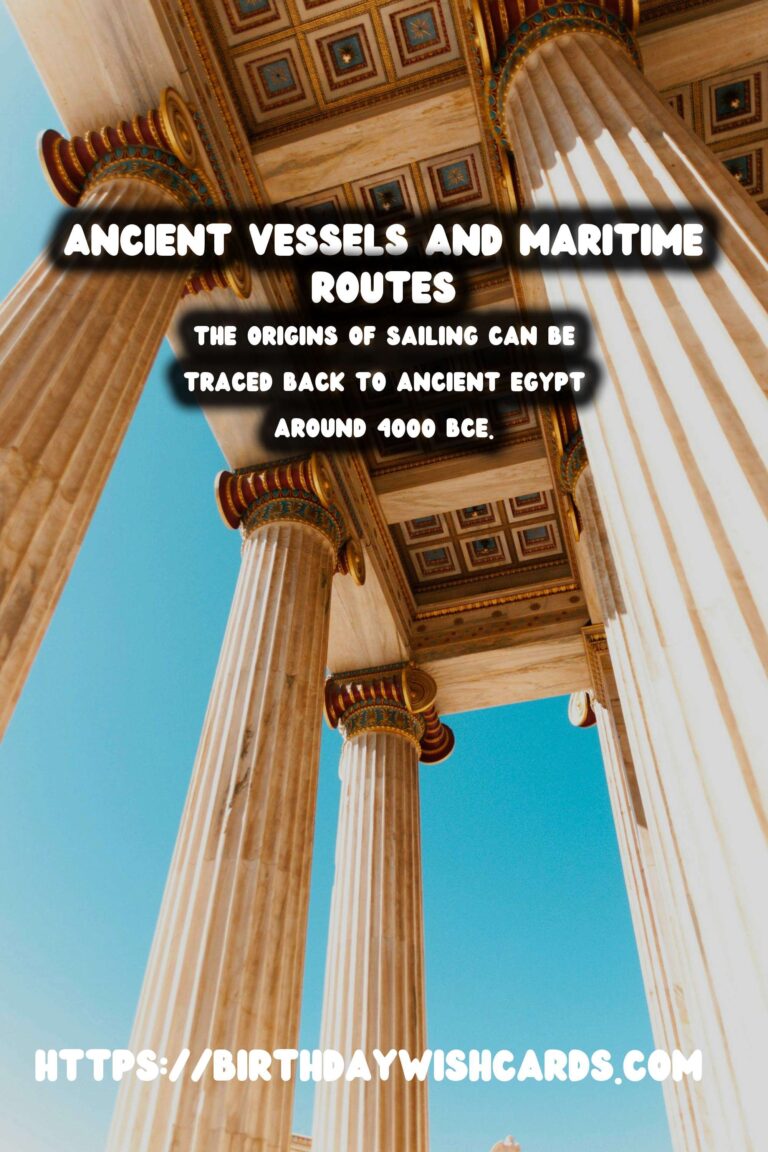
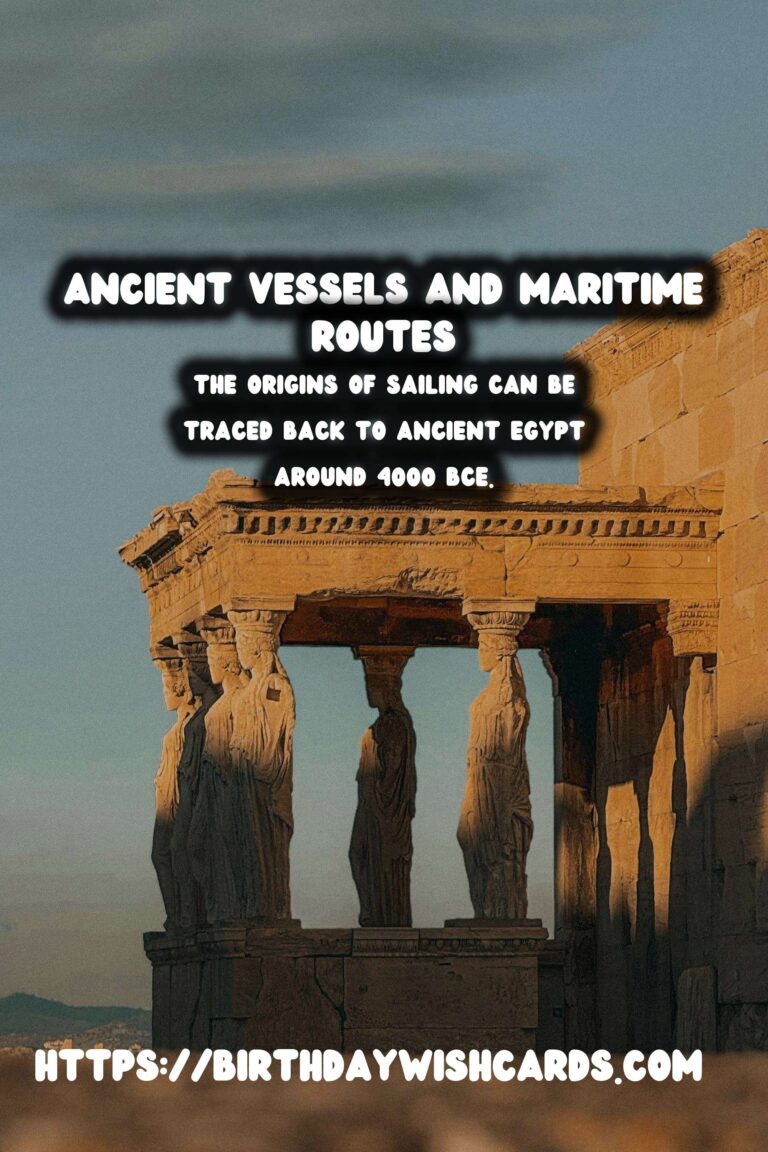
#SailingHistory #AncientVessels




